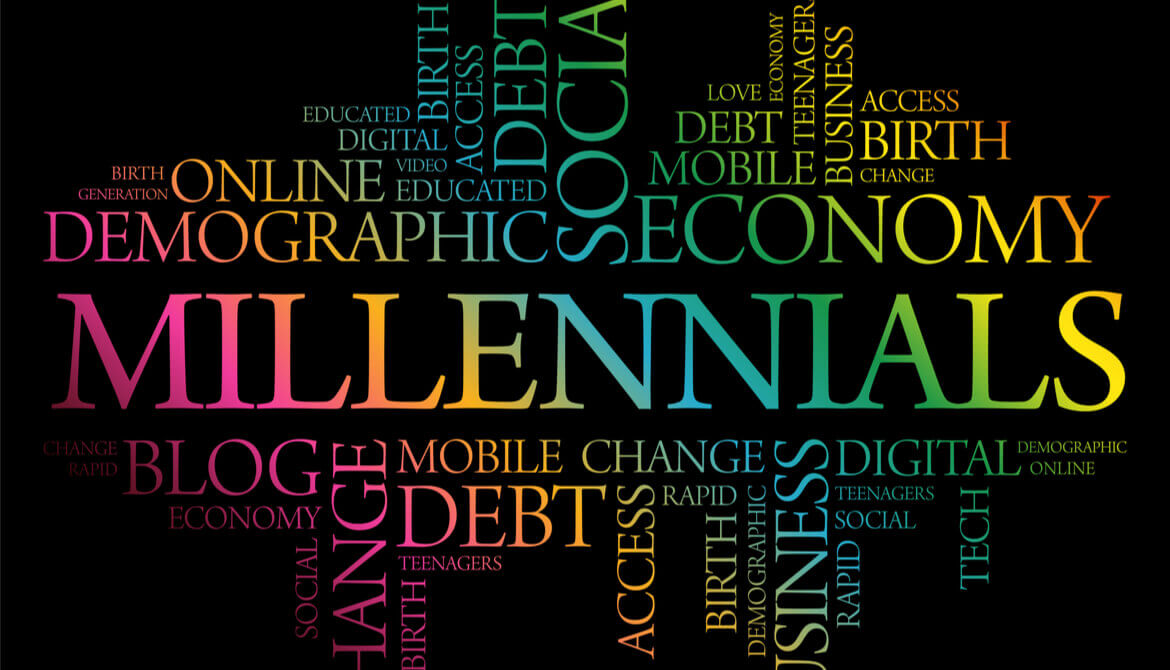5 minutes
This millennial employee and member advises telling the passionate details of the good being done by your credit union and the industry.
If someone asked me to define the credit union “brand,” I would say that credit unions are not-for-profit financial institutions focused on improving the financial lives of their communities.
I must be honest, though. While improving the financial lives of a community is a noble purpose, it can be perceived as a bit shallow by people my age (33) and younger. I personally love what credit unions stand for, but I speak from privilege. I joined a credit union—both as an employee and as a member—when I was 23, so I know the inside, deeper story of the good credit unions do.
When I think about the next generation of credit union members and employees, however, I am concerned that many credit unions are leaning into assumed loyalty. But credit unions can’t coast when it comes to attracting and keeping young employees and members.
For employees, research is showing that millennials and Gen Zers are staying, on average, one to two years in a specific position. To keep young professionals engaged in the credit union movement, there must be tangible pathways for career development, including roles that “stretch” us and enhance our technical skills. Today’s young potential members (millennials, Gen Z and the generations that will follow them) need to find alignment with a brand’s purpose immediately—otherwise, they’ll stop paying attention. I believe that credit unions, as cooperatives, are trying to do their due diligence to gain insight into young people’s attitudes and opinions about financial services and to learn more about our financial habits. Efforts are being made to understand the wants/needs of these groups. What I think is missing is understanding the perception young people have about credit unions. Perception is quiet, yet very powerful. This is how we understand and interpret something, and here’s an inconvenient truth about perception: What people perceive can quickly become what they believe, if you do not challenge it.
So, if young people don’t have a good perception of a company and don’t find any information that challenges their existing perception, their new belief system will prevent them from being engaged in that company’s culture and purpose (even if its purpose is noble). As a millennial myself, I can confirm that there is a reason many of us do not have brand loyalty. It’s because a perception was created that we are not committed to anything (brands, jobs, places to live, TV shows, etc.) I don’t believe that this is necessarily true, but I do believe that we have not been successful in challenging it. And now, we embrace this perception of us—we don’t have to commit because we have so many options. In a world of endless options, why would young people choose to work for or even to join credit unions?
It’s my opinion that my generation (millennials) and Gen Zers have the greatest need for credit unions. We are the most educated generations in U.S. history, but we also have the highest amount of student loan debt in U.S. history. We witnessed the financial crisis in 2008 and the subsequent effects of the recession for years after. We saw big banks get bailed out by Wall Street, and many of us began to look at the government in general through a lens of distrust. We are passionate about equity and being integral. We are loud in speaking out against injustice and bigotry, and we demand that you respect what makes us different. We are often misunderstood and have some negative stereotypes, but these very experiences are what makes us vital to the credit union movement. I’ve done research into the history of credit unions and young people would love knowing what I know: Credit unions were created in response to a need, and were radical in intentionally being different from banks. The radical movement needs more radicals!
My perception of the credit union movement has changed over the years. My surface perception of credit unions was that we were committed to financially helping our communities. I was happy with that perception; it made me feel good on the inside.
But now my perception of credit unions is profound. I’ve been able to see my credit union’s impact on its community. I’ve spoken to members who express their gratitude for being able to save money by using our products and services. I am inspired by the integrity of credit unions. As a cooperative, we do want to be competitive with traditional banks and offer great products and services, but we never compromise our values to achieve success. Credit unions are actively dismantling the status quo of wealth disparity in this country by providing financial literacy, products and services to disadvantaged groups that have been historically turned away. Knowing all of this, having experienced all of this, I no longer feel good on the inside; I feel a fire on the inside.
The greatest advertisement is representation on your team that mirrors the audience/membership you desire. Within that, making sure that your represent all types of people in a specific group is helpful. As an example, I’m 33 so I’m a millennial, but I have a more traditional look. I would love to see a credit union advertisement with a millennial who has a sleeve tattoo. We’re the same generation, two different people. Both need to see themselves as valued.
In all, I encourage credit unions to tell their own unique stories and to get together to tell the amazing story of the credit union movement overall. When you do, you’ll change the perception young people have about your credit union specifically as well as credit unions in general—opening an opportunity to ignite a fire in them to work for and do business with these fantastic, mission-driven organizations.
Arnessa Belin is contact center supervisor for $26.8 billion BECU, Seattle.






